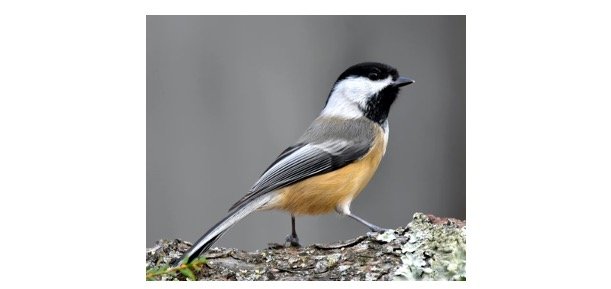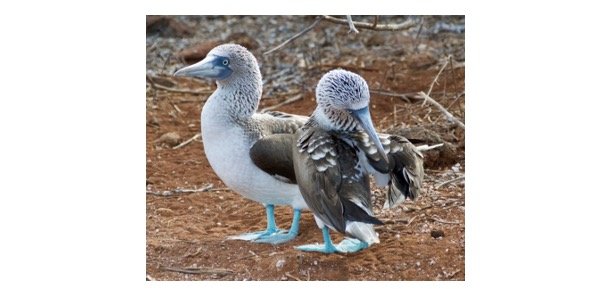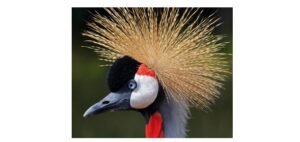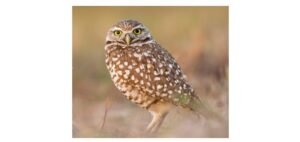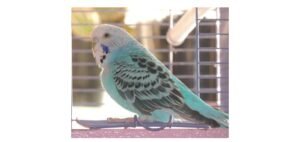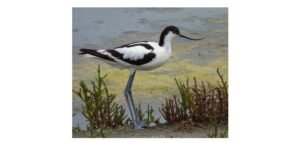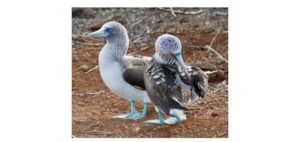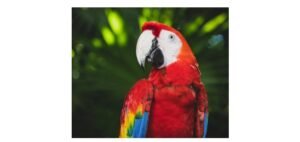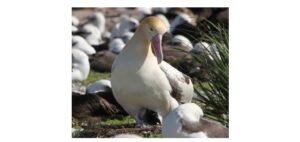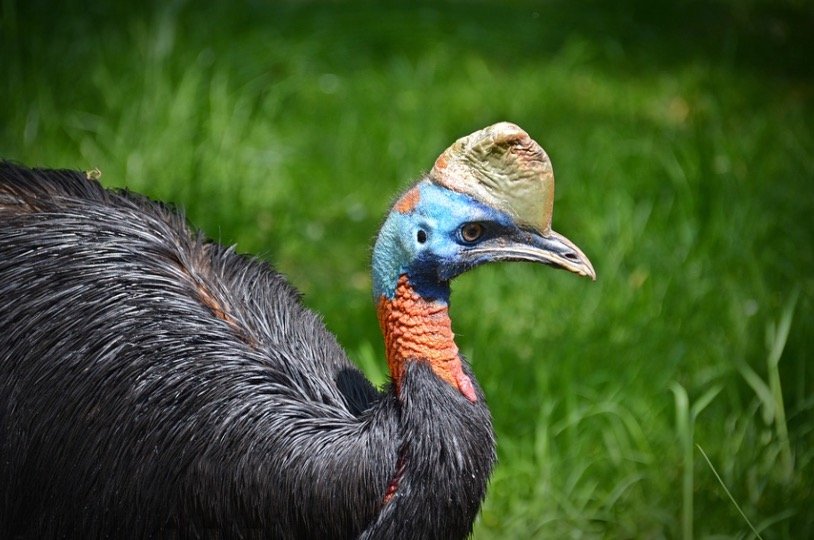
The cassowary is an omnivorous creature belonging to the Animalia family, phylum Chordata, class Aves, order Casuariiformes, and family Casuariidae. Casuarius is its genus. Its length is up to 59 to 79 inches and weighs up to 55 to 129 pounds. It also has tiny wings, with a lifetime of up to 40 to 60 years.
A cassowary is a bird that feeds on insects, grass, and fungi. The sharp claws and horn-like crest are the most distinguishing characteristics. Cassowaries are preyed upon by dingoes, crocodiles, and humans.
Physical features include yellow, blue, black, and tan skin colour, and feathers on skin, with a potential flying speed of 31 mph.
Cassowary Description
The cassowary is a species of ratite, a long-legged, generally big, flightless bird belonging to the Palaeognathae infraclass. Its wings are almost non-functional, with only a few quills.
The cassowary’s feathers are coarse, and some have filaments that seem like hairs. Cassowaries have been hunted and bred for their feathers as a result of this. Females are larger than males, with more vibrant colours on their heads and necks.
The knifelike claw on each foot’s inner toe is much more impressive. The claws of this largely fruit-eating bird’s claws are at least as strong as the talons of the most formidable bird of prey.
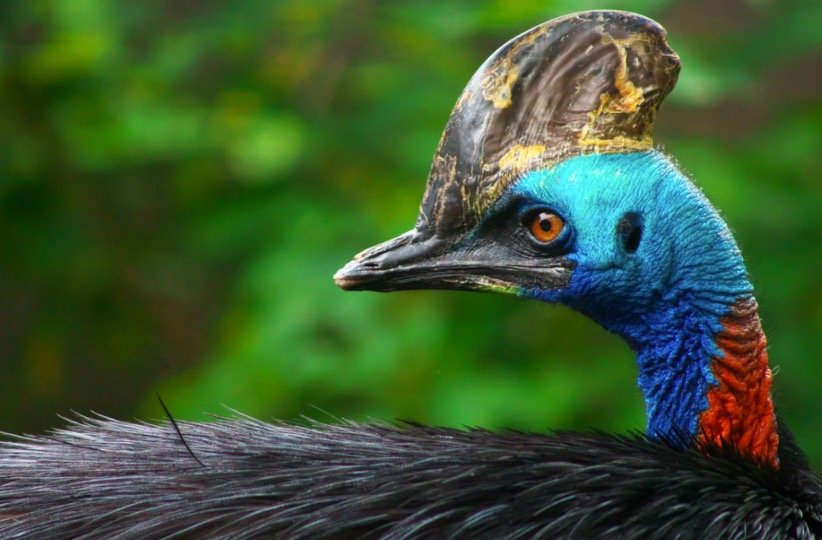
These birds may be located in New Guinea, Australia’s northeastern region, and the Aru Islands, which are located halfway across New Guinea and Australia. Despite their size, they are elusive and difficult to spot in the tropical jungles.
They’ve been spotted in Australia’s Paluma Range National Park, McIlwraith Range National Park, and Jardine River National Park. Fortunately, cassowaries may be seen in a variety of zoos.
The San Diego Zoo, Edinburgh Zoo, Denver Zoo, Perth Zoo, National Zoo, Natural Bridge Zoo, and Los Angeles Zoo are just a few of them. The guy builds the bird’s nest out of fallen leaves on the ground.
It’s shallow, although it’s occasionally bordered with grass or leaves. The male drives the female away after she deposits her eggs in the nest. Scientists are really not sure how many cassowaries exist in the wild, but the species’ survival isn’t in jeopardy.
According to estimates, there are 20,000 to 50,000 southern cassowaries and up to 20,000 northern cassowaries. All three species’ numbers are in decline.
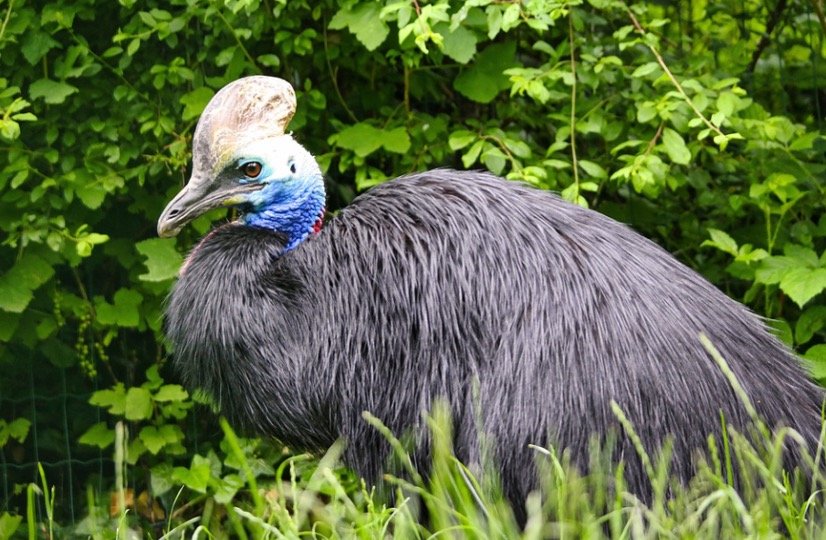
Fun Facts About Cassowary!
• The male bird is the one that nurtures the chicks, and he is extremely hazardous while acting as a father. He won’t think twice about slashing predators and other dangers with his claws.
• In a season, the female mates with two or three males. After mating, she walks on and deposits her eggs in their nest.
• Cassowaries were formerly thought to use the hard casques on top of their heads to push through the undergrowth in the rain forest, but biologists aren’t so sure anymore.
• The bird has a diverse vocal repertoire that includes booms, hisses, rumbles, and roars.
• Recently, a dinosaur that resembled a cassowary was unearthed! The two species aren’t connected, but because cassowary cousins first developed 60 million years ago, they share ancient characteristics with few creatures today.
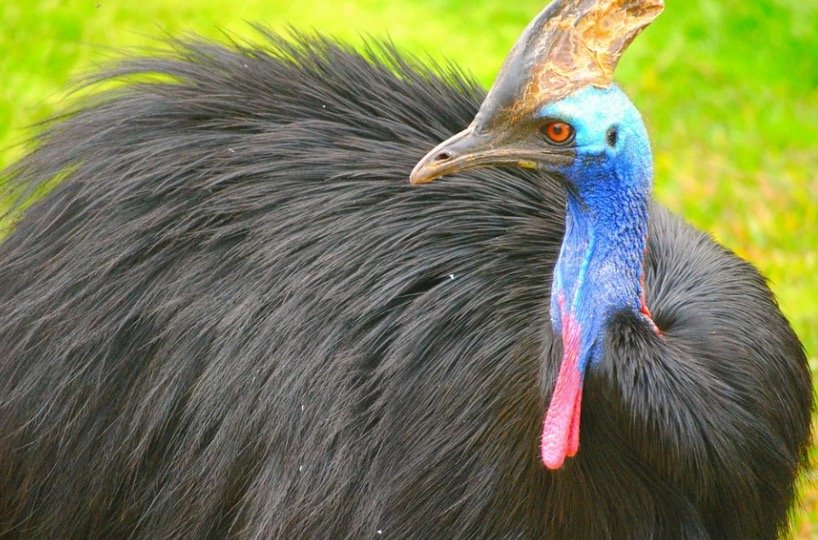
Various Cassowary Species
There are three different types of species. The following are their classifications:
1. Casuarius casuarius, the southern or double-wattled cassowary. Casuarius is derived from the Malay word kasuari, which means “bird.” The system of classification The southern cassowary, Casuarius casuiarius, is the bird’s type species. All other cassowary species are measured against it.
2. Casuarius unappendiculatus, the northern or single-wattled cassowary. The name comes from the fact that it only has one wattle, as opposed to the two that the southern cassowary possesses.
3. Casuarius bennetti, also known as the Bennett’s cassowary. This bird’s name commemorates George Bennett, a biologist who investigated the bird and discovered it was a new species of cassowary.
The pygmy cassowary, Casuarius lydekkeri, was a fourth species that is now extinct. The existing birds do not have any subspecies.
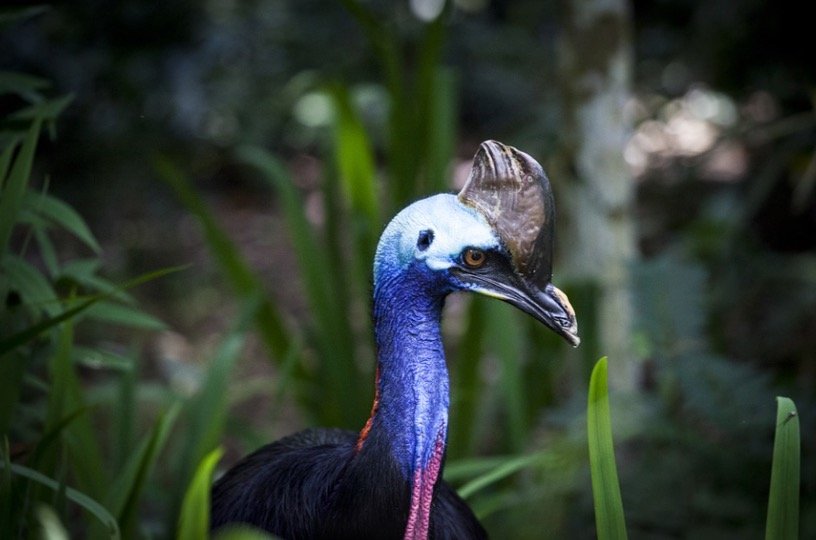
Cassowary Appearance and Behavior
Just like its cousin, the emu, and the ostrich, the southern cassowary is the biggest of these birds and the world’s third largest bird. Its physical characteristics include a body length of 40 to 72 inches, a height of 75 inches, and a weight of 187 pounds.
It has a horny casque on top of its head that develops between 5 and 7 inches tall and grows with the bird. The size of a mature bird’s casque can be used to determine its age. The bird’s head is brilliant blue, and its neck is crimson with two red wattles.
Every long, scaly leg terminates in a three-toed foot with a vicious claw that may reach 4.7 inches in length on the inner toe. Cassowaries may be found in New Guinea, which encompasses Papua New Guinea and Indonesia, as well as the Aru Islands and Seram, an Indonesian island.
It has a population of more than 2500 birds and is on the decline. Except during the breeding season, the southern cassowary is timid and lonely, and will chase other cassowaries away. It consumes fruit that has fallen to the ground and has the ability to eat fruit that is poisonous to other animals.
Foraging mushrooms and other fungi, as well as tiny vertebrates like lizards, are among the bird’s favourite foods. Despite the fact that it has a notable claw, it is not used to catch prey as raptors do with their talons.
Though these birds will attack people when provoked, terrified, guarding eggs or chicks, or under assault themselves, they appear to do so only when provoked, frightened, defending eggs or chicks, or under assault themselves. Some cassowaries link people with food, and may just jump at one in the hopes of being fed.
The northern cassowary is distinguished by its solitary wattle and orange-gold or red neck. It is built similarly to the southern cassowary, but is somewhat smaller in stature and weight, with females weighing around 128 pounds.
It can only be located in the coastal swamplands and lowland rainforests of northern New Guinea. The islands of Waigeo, Batanta, Yapen, and Salawati also have populations. There are 10,000 to 20,000 of these birds, but their numbers are falling, just like the southern cassowary’s.
The northern cassowary, like the southern cassowary, feeds on fruit and small animals. It also eats carrion, and youngsters consume their father’s and siblings’ excrement. When they still have undigested food, mature birds have been observed to consume their own excrement.
The dwarf cassowary is the smallest of the cassowary species, although it is not insignificant. Physical characteristics include a body length of 3 to 5 feet and a height of 39 to 53 inches. It weighs between 39 and 57 pounds.
In comparison to its body, its triangular casque is smaller than that of the northern and southern cassowaries. It has pink cheeks and a brilliant blue and crimson neck.
This cassowary may be found in higher elevations in New Guinea, Yapen Island, and New Britain than the northern or southern cassowaries. The bird’s number is unknown, but it, like the northern and southern cassowaries, has a low conservation status.
What Do Cassowary Eat?
These birds eat fruits, berries, fungus, and other plant components. Because food passes through their digestive tracts quickly, they may ingest plants that are ordinarily hazardous. Small reptiles and amphibians, rats and mice, snails, and insects are also on their menu.
Cassowary Predators and Threats
Humans are the greatest threat to these birds. Humans kill them for their flesh and feathers, and they are also killed accidentally on roadways. Dogs and pigs consume their chicks at the first hint of danger.
Pigs devour its eggs, and logging and development have fragmented and ruined the cassowary’s habitat. Diseases and natural catastrophes such as typhoons are other threats to cassowaries.
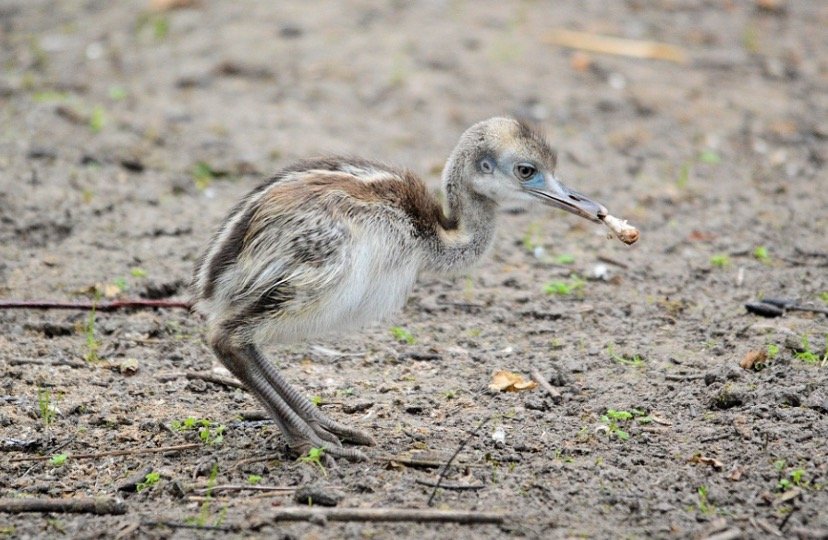
Cassowary Reproduction, Babies, and Lifespan
Winter and spring are the breeding seasons for cassowaries. Males will vocalise, inflate their necks, and dance as she observes to claim a territory, build a nest, and court a female.
She’ll sit on the ground and mate if she welcomes him and doesn’t chase him away. She’ll deposit four to six green eggs in his nest after that. When she’s finished, he’ll chase her away and incubate the eggs for 47 to 56 days himself.
In the meantime, the female will look for a new partner.Until she’s done, she’ll lay up to 20 eggs. Cassowaries remain with their dads for nine months or until their first moult.
However, they will not have grown-up plumage until they are three years old. Some young ladies stay with their dads for up to 18 months. Brown down with black stripes covers the infant cassowaries. If the father believes the chicks are in danger from predators, he gets quite violent.
Female cassowaries reach sexual maturity at the age of two, whereas males reach sexual maturity at the age of three. They are then capable of reproducing for decades.
Females may reproduce until they are around 40 years old, while males can breed until they are about 35 years old. The oldest known cassowary was at least 61 years old.
Cassowary Attack
Cassowaries have been dubbed “the world’s most hazardous birds” by publications like The Guinness Book of World Records. This assertion is based on the fact that there have been two human fatalities and over 200 cassowary encounters.
Cassowary assaults are uncommon in general. The majority of individuals have come because they attempted to feed cassowaries, and the majority of occurrences involve the birds charging.
Cassowaries, on the other hand, may be highly harmful if a person falls to the ground. Their dagger-like claws, which may grow up to 5 inches long, can inflict serious wounds or even death.
